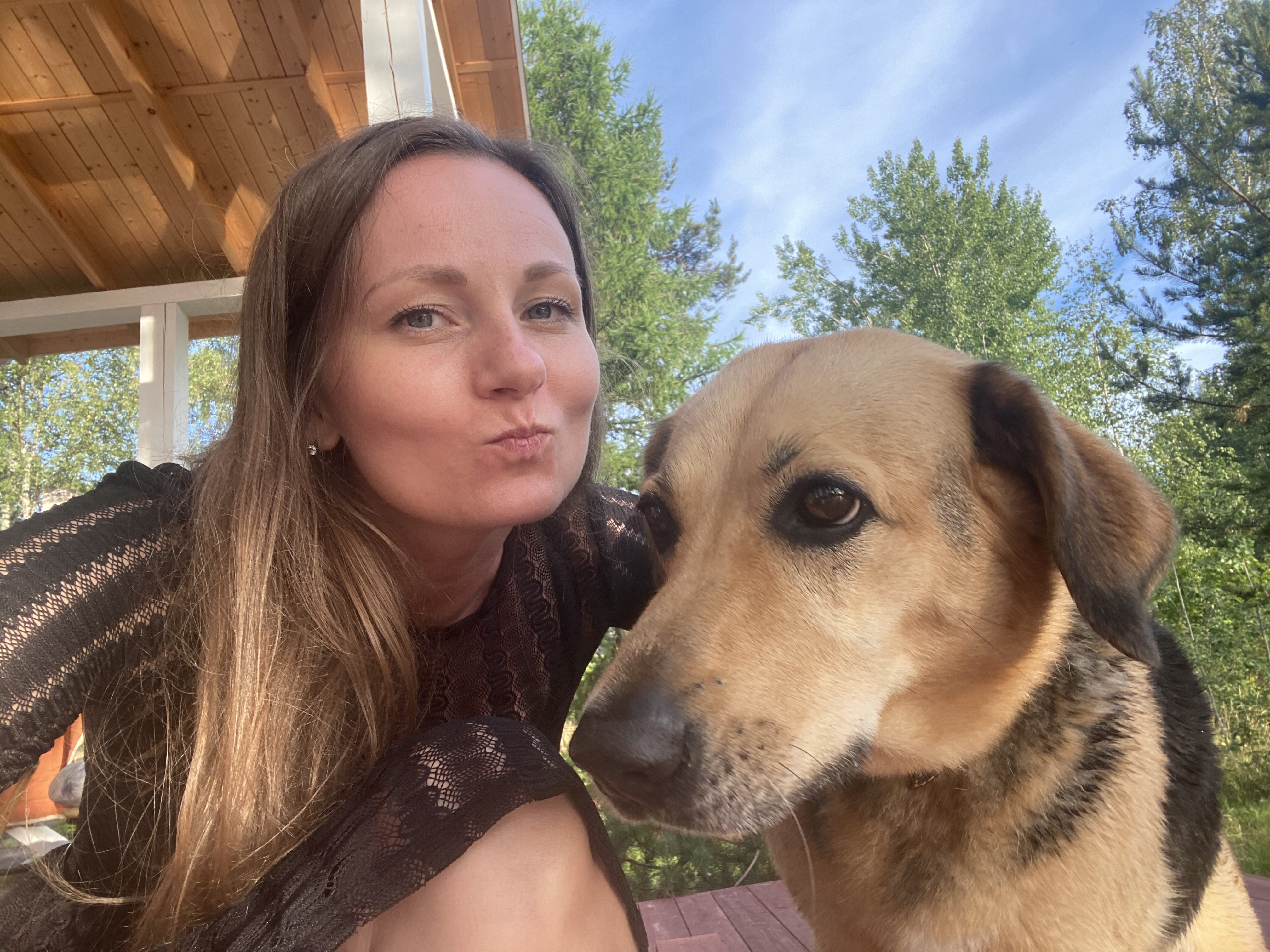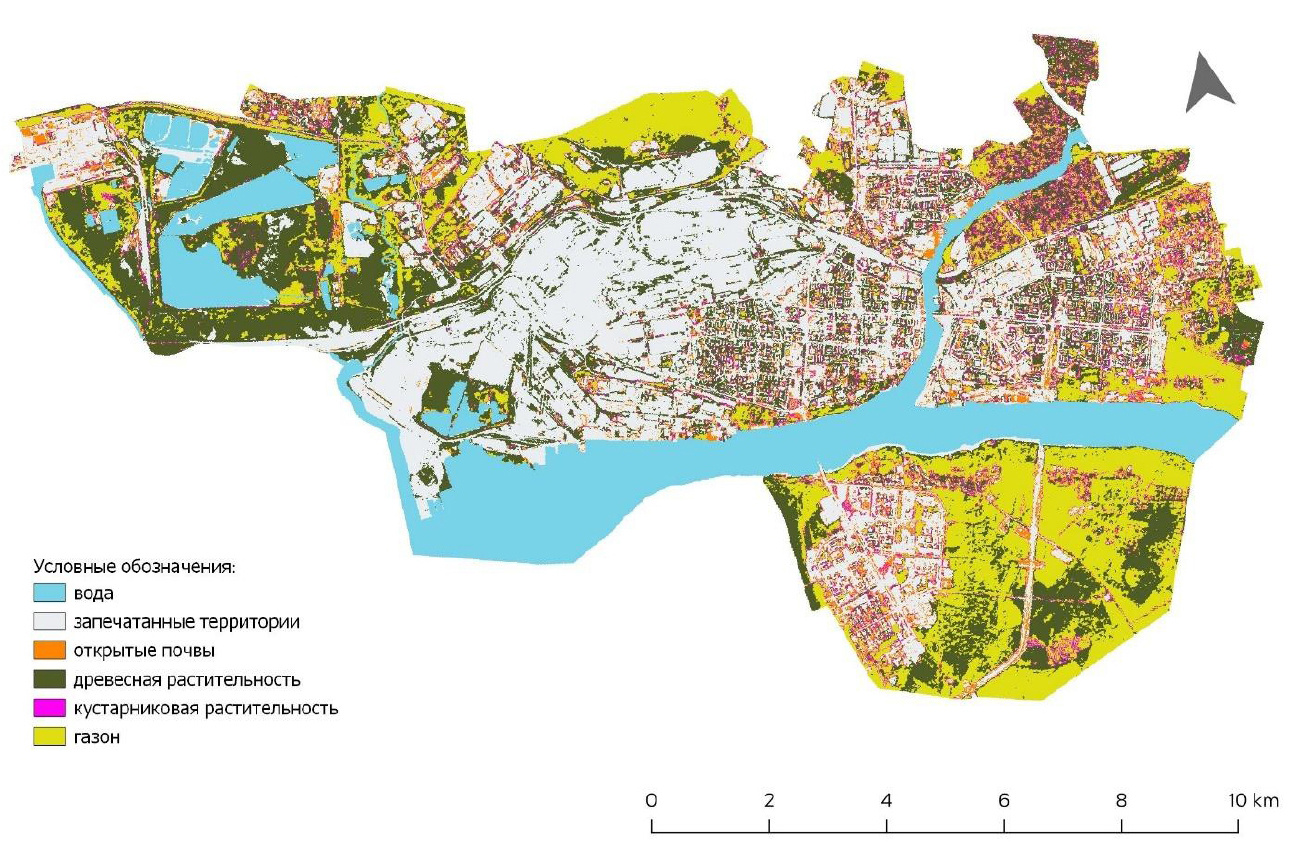Ongoing urbanization has led to a significant increase in the number of pets and has altered the relationships between pets and owners from primarily utilitarian to cultural. Today existing classifications of ecosystem services and nature’s contributions to people explicitly consider only the ES provided by livestock and wild animals. Despite this, scientists from Smart Urban Nature laboratory tried to give it a fresh view and attempted to translate perceived benefits and costs from owning dogs or cats in a megapolis into ecosystem services and disservices frameworks considering such pets as natural biotic elements of a megapolis and thus, essential parts of urban ecosystems.
SUN lab experts made a plan on development of green infrastructure of Cherepovets
The laboratory Smart Urban Nature worked as a consultant to the “Yauza project” bureau, which developed a project for the spatial development of the city of Cherepovets striving for a reasonable balance between the purpose of the object, the needs of people and the environment. Thus, the main goal in developing the concept was to bring nature to the city to create a comfortable living environment. With the proximity of major roads, the impact of the urban heat island, and the increasing number of extreme weather events associated with climate change, the regulatory functions of green infrastructure seem to be the most significant to assess and implement in the city development.


